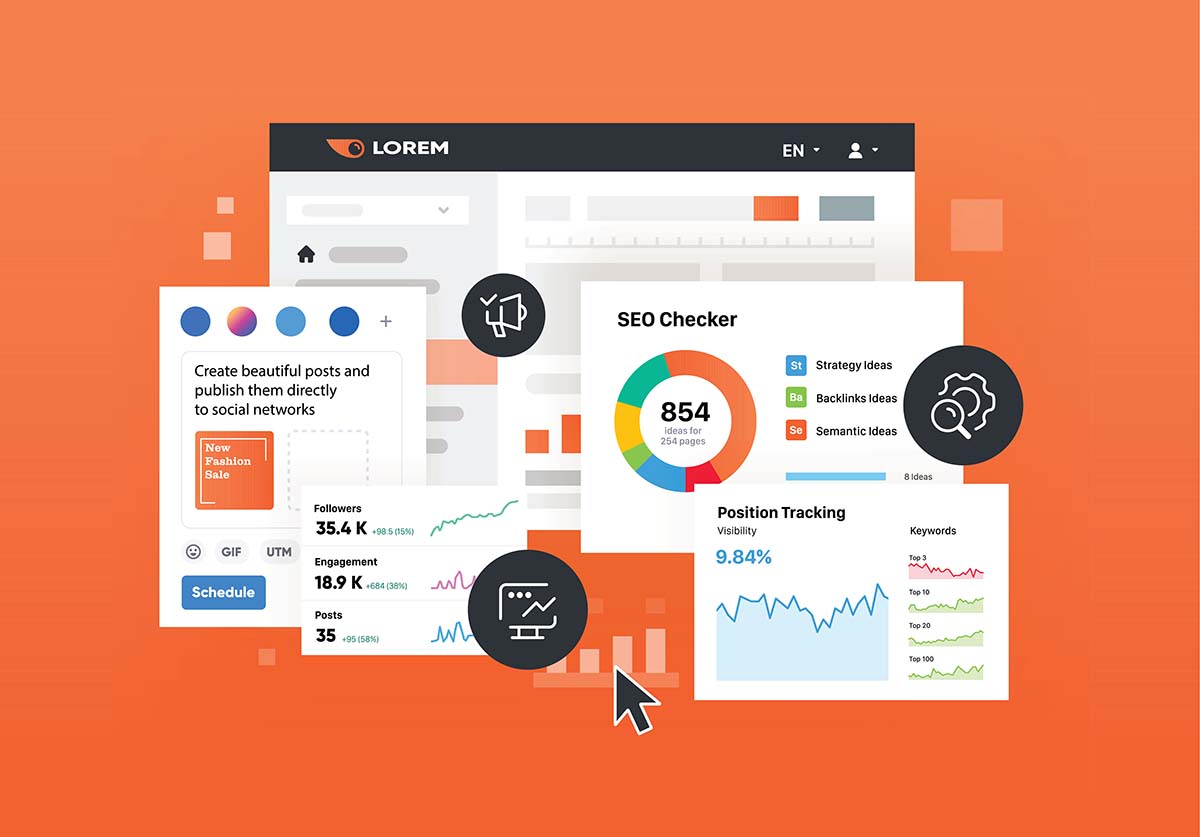Table of Contents
If you’ve ever hit “publish” on a blog post and refreshed your traffic report every hour, waiting for magic to happen—you’re not alone. We have been there too. But here’s the truth we’ve uncovered: SEO isn’t a microwave—it’s a slow cooker. And, like all good things, it takes time.
So why does SEO take so long? And more importantly, how do you stay patient, consistent, and strategic enough to actually win the long game?
Let’s break it down.
The Lag Between Action and Results
I once helped a local law firm that was buried on page four. They were publishing blogs, optimizing pages, and doing all the right things. But after two months? Crickets. It wasn’t until month five that their traffic started climbing—and by month nine, they were outranking competitors.
Why the delay?
Google needs time to:
Crawl and index your content
Compare your pages to others in your niche
Evaluate your authority, trust, and consistency over time
SEO is like building credit. One good blog post or backlink isn’t enough. You need a history of good behavior before Google trusts you and promotes your content on the first page of Google.
SEO is a Marathon, Not a Sprint
Think of SEO as similar to planting a garden. You research what to grow (keyword research), prepare the soil (technical SEO), plant seeds (content), and water regularly (on-page optimization and link building). If you abandon the garden after two weeks, nothing grows.
You need to:
Keep publishing new content consistently
Update and improve existing pages
Earn backlinks over time
Monitor performance and tweak strategy
Even a site that ranks today might drop tomorrow if it stops tending the garden.
So, When Can You Expect SEO Results?
Every case is different, but here’s a general timeline we give Rankwise clients:
| Milestone | Timeframe |
|---|---|
| Website Audit + Strategy | 0–2 weeks |
| Technical Fixes | 1–4 weeks |
| Content Optimization | 1–3 months |
| New Content & Link Building | 3–6 months |
| Noticeable Ranking Shifts | 4–9 months |
| ROI & Lead Growth | 6–12+ months |
Of course, a brand-new site may take longer, and a site with existing traffic may improve faster. But the key is staying consistent. Keep improving your SEO and keep publishing content. Eventually, Google will notice your efforts and reward you with better search engine rankings and organic traffic.
Why the Long Game Is Worth It in SEO
SEO isn’t just about traffic. It’s about sustainable, high-converting, compounding growth.
Let’s say you spend three months writing ten high-quality blog posts. Once those rank, they can bring in leads for years—with no ad spend. That’s the beauty of organic traffic. Unlike paid ads, which stop the second your budget runs out, SEO keeps working in the background.
It’s like passive income—but for your website.
I worked with an e-commerce brand that invested in content early. One blog post on gift ideas brought in over 40,000 visitors every holiday season for three years. That’s the power of planting the right seeds and nurturing them.
How to Win the SEO Long Game?
If you want to survive and thrive in the slow grind of SEO, here’s what you need:
1. Start With an SEO Audit
You can’t fix what you can’t see. That’s why the first step is getting a full SEO audit. It shows you what’s broken, what needs improvement, and where your biggest opportunities are hiding.
2. Fix the Technical Stuff First
If your site is slow, broken, or hard to crawl, no amount of content will help. Get your technical SEO in order. That means fixing broken links, optimizing site speed, improving mobile usability, and updating your XML sitemaps.
3. Build a Strong Keyword Strategy
Good SEO starts with good keyword research. And not just any keywords—the right ones. Long-tail, high-intent, and low-competition terms that your audience is actually searching for. A smart keyword strategy gives you direction and helps you focus on what matters.
4. Create Quality Content That Lasts
Content is where trust is built. Focus on writing helpful, easy-to-read, keyword-optimized content. Answer real questions. Solve problems. And update older posts to keep them relevant. A long-term content strategy helps you build topical authority.
5. Earn Backlinks the Right Way
You don’t need 1,000 backlinks overnight. You need a few good ones over time. Earn links by publishing shareable content, building relationships, and getting featured on reputable sites. Our link building services help you get the right kind of visibility.
6. Track, Report, and Improve
What gets measured gets improved. Monitor rankings, clicks, bounce rates, and conversions. Use SEO reporting and analytics to make data-driven decisions, fix what’s underperforming, and double down on what works.
Rankwise Tip: Diversify Your SEO Approach
If you’re only targeting blog traffic, you’re missing out. Expand your strategy with:
Local SEO to dominate local maps
Ecommerce SEO to optimize product listings
Amazon SEO and Shopify SEO for marketplaces
Schema markup to enhance how your content appears in search results
SEO isn’t just one channel—it’s a system.
Final Thoughts
Yes, SEO takes time. But the payoff is worth it. While your competitors are throwing money at ads, you’re building something sustainable.
So if you’re feeling discouraged that results aren’t immediate, remember: the long game is the only game that compounds. And the sooner you start, the sooner you win.
Ready to invest in SEO the right way? Contact Rankwise for a free SEO consultation. Let’s build something that grows—slowly, steadily, and powerfully.



